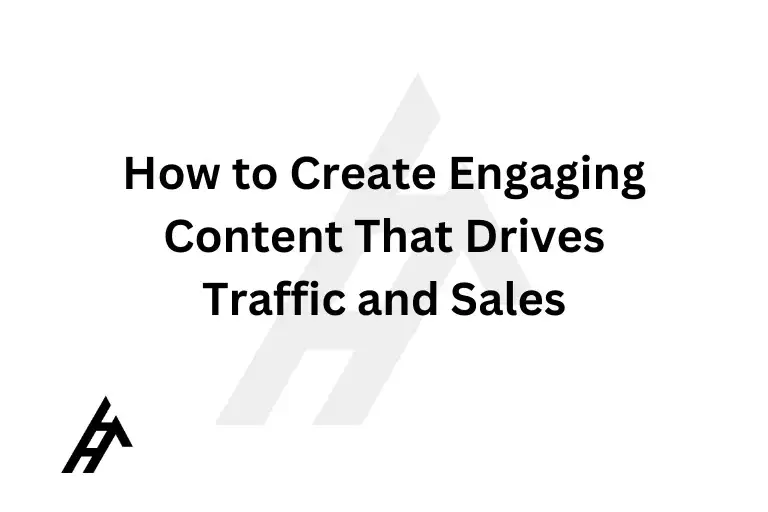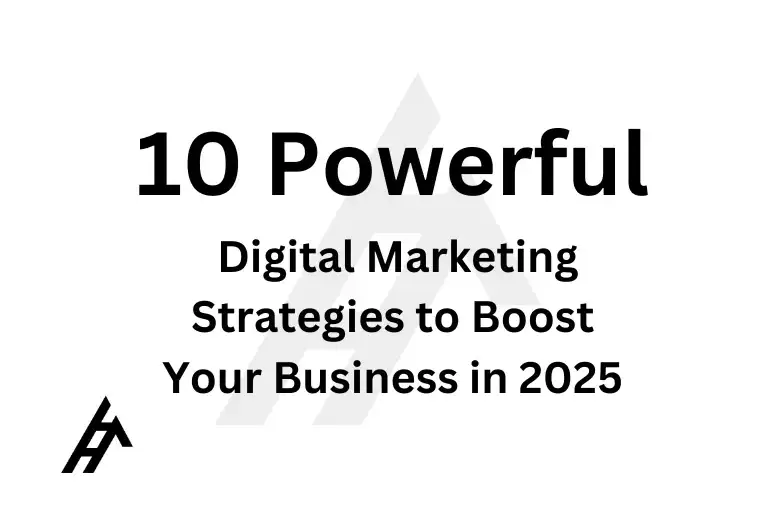Currently, the seventeenth dependant type of influencer marketing strategies has been the star of the online marketing strategies of the last decade before the fives. Beginning as a new way to reach out to audiences through recommended individuals, influencer marketing has grown and modern marketers are wondering if it is still as effective. Has it mantained its status of game changer or it has become just another tool of the marketing bunch?
What does influencer marketing look like in 2025? This means that while in the past, most Apps and social sharing systems had more restrained capabilities in terms of content, new formats, larger and more varied audience, and better AI-features drove new formats. Now the question arises is it as efficient as it used to be? It is time to understand the situation with influencer marketing now and further identify if it will be still a relevant and indispensable approach for brands in 2025.
Influencer marketing in the future: what can we expect for 2025?
In light of this change, it should be easy to see that the influencer marketing strategy has moved from being an exotic practice to a mainstream marketing technique. As recent as the early 2010, very few people were aware of the concept of influencers and the ones who were, distinguished them as celebrities or big bloggers. But with the advent of Instagram, YouTube, and TikTok and many others, anybody with a smartphone and something to say could become an influencer.
Flash forward to 2025, which sees influencer marketing as a giant space worth more than $22 billion. What has changed it is the fact that there are now so many software products of this kind in the market. More people now follow influencers, and since the number of creators is growing, brands struggle to attract people’s attention.
However, the best thing about this form of marketing is the workflows’ versatility. With the new generation having minimal attention span when it comes to the use of traditional advertising techniques, influencers have been able to look for unique ways of getting their messages across to their consumers. From live streaming to short form as well as immersive content, influencers are consistently defining how we engage with brands.
Has the Definition of Influencers Changed?
In the next five more years by 2025, the term influencers has evolved to a different definition. Those days when the word was associated with beauty gurus or trainers with a record-breaking number of fans. Contemporary influencers may be large or small and target specific groups and know their particular subject areas.
There are 5 types of followers: macro (over 100,000), and mini, micro, and nano influencers (ranging from 10,000 to 100,000, less than 10,000 respectively), It has been found that mini, micro and nano influencer are as important to marketers as macro influencer. The creators could be small YouTubers who usually have more a loyal viewership than the big shots but otherwise are perfect for anyone seeking to cultivate genuine partnerships rather than mindless views.
Notably, the concept of AI influencer is expected to born by 2025, according to industries in the market. The predictions based on AI are becoming more popular and are able to attract the audience as the real people do. As brands continue to incorporate virtual influencers into their strategies, it’s beyond a doubt that the influencer marketing sphere is getting a fresh setup.
What does the influence marketing look like in 2025?
In 2025, influencer marketing is defined by several prominent trends:
- Long-Term Partnerships Over One-Off Campaigns: The new trend is to engage influencers for a long time rather than buying a single post from them as has been seen before. Executing unmatched brand-building relationships also help the community in forming long-term relationships through deeper branding for long-term and stronger results.
- Data-Driven Campaigns: AI has improved and enhanced the marketers’ tools cherish the better performance of influencers, better targeting of narrow audiences and even data-driven approaches to management and optimization of the campaigns.
- Authenticity Over Perfection: The audiences of 2025 want the MTVs of the world to be real. They no longer want reeled-in, perfectly polished content with massive brand placements in them, and influencers with real voices are greatly sought after.
- Sustainability and Social Responsibility: Today’s consumers are increasingly ethic and sustainably conscious and will not spend their hard earned money on products that do not have these attributes. Therefore, according to trend 3 it can be concluded that influencers in 2025 will either support causes, values, and sustainability to remain credible.
- Short-Form Video Dominates: Primarily, it has contributed to the dominion of the short videography content and becomes limited to TikTok, Instagram reels, and YouTube shorts. Marketers are enamored with this metric because it makes for easily consumable, shareable content that doesn’t require the viewer to make a heavyweight commitment of time.
Challenges Influencer Marketing Faces in 2025
Even though influencer marketing remains an effective tactic in many ways, it does have its issues in 2025. They are aware of such problems as the oversaturation of the market, shrinking trust of consumers, and the growing cost of goods.
- Oversaturation: Even though all these influencer marketing gurus are pushing for sales, the audience has become tired of influencer content. Brands’ messages are harder to penetrate than ever and the quest to find an influencer who can make some sense and perception is even more challenging.
- Authenticity Crisis: One of the emerging issues as the influencer space becomes more professionalised is that many of the influencers lose their genuinity. Paid promotions are evidently losing their appeal with consumers and brands should aim for the promotion to be in a natural flow with out being a mere business transaction.
- Rising Costs: The cost of influencer marketing has gone up…as the market has become more saturated. Actual stars can sometimes charge an enormous amount of money for themselves, which will barely be affordable by small brands.
- Regulation and Compliance: As influencer marketing continues to draw the attention of the regulators, Factory Media and other brands collaborating with influential personalities are eager to disclose sponsored relationships honestly. Failing to do so lead to penalties or tarnishing of images as the case may be.
Influencer Marketing: The Winner in 2025 or the format that has lost its sparkle?
Nevertheless, influencer advertising is one of the most effective weapons in the marketing arsenals of brands in 2025. There is still much that brands can do to generate impressive returns. This is all about new rules, big data and brands becoming friends with like-minded influencers.
More importantly, most of the utilization of influencers goes beyond promotion of products and brands. Influencers are now considered content producers, community managers, and sometimes – business coalition members. Certain firms that have adopted the tactic as a trend and as a long-term activity will continually succeed in the industry.
Also, relatively new media products like augmented reality (AR) and virtual reality (VR) open promising horizons for influencers to build new forms of connections with their followers. Companies which are able to innovate within this space will position themselves and their brands in relation to competitors.
The Factors That Make Influencer Marketing Work in the year 2025.
In other words, it is possible to reach certain components of consumers’ values and develop influencer marketing in 2025 on their basis. The messages are perceived from other people and this is as close as most followers can get to their favorite Influencers, which is a level of trust that traditional advertising can rarely achieve.
Besides, the situation with advanced analytics tools lets marketers improve the effectiveness of the campaigns they manage. Influencer marketing platforms are now able to give data on follower profile, level of engagement and returns on investment, through the advancement in the technology, the positioning of the brands becomes strategic.
For such brands, they will still regard influencer marketing as an essential aspect of their marketing mix in the year 2025 if they remain consistent with storytelling, authenticity and correctly aligning with influencers who hold similar cardinal beliefs.
Conclusion.
Marketing through endorsement from influencers can undoubtedly be said to have changed, but as we approach 2025, it will always be one of the most powerful strategies that brands that have grasped all the challenges that come with it would embrace with both hands. If done correctly, influencer marketing becomes the perfect tool to transform consumer engagement into tangible outcomes. It is the brands that will remain loyal to the idea of seeking authenticity, speaking to the consumer’s data, and nurturing strong influencer partnerships that will stand a good chance of prospering in the complex evolution of the digital space in 2025.
How Archaeo Agency Can Help.
At Archaeo Agency, we specialize in building high-performance websites designed to attract, engage, and convert. We understand the unique needs of realtors and create custom solutions that not only look stunning but also drive tangible results.
Get Your Professional Website in 24 Hours!
Is your website sending potential clients running? Contact Archaeo Agency today for a free website audit and let’s transform your online presence into a powerful lead generation tool.
Ready to give your website the upgrade it deserves? Contact Archaeo Agency today for a free consultation and let’s discuss how we can transform your online presence into a lead-generating powerhouse!



